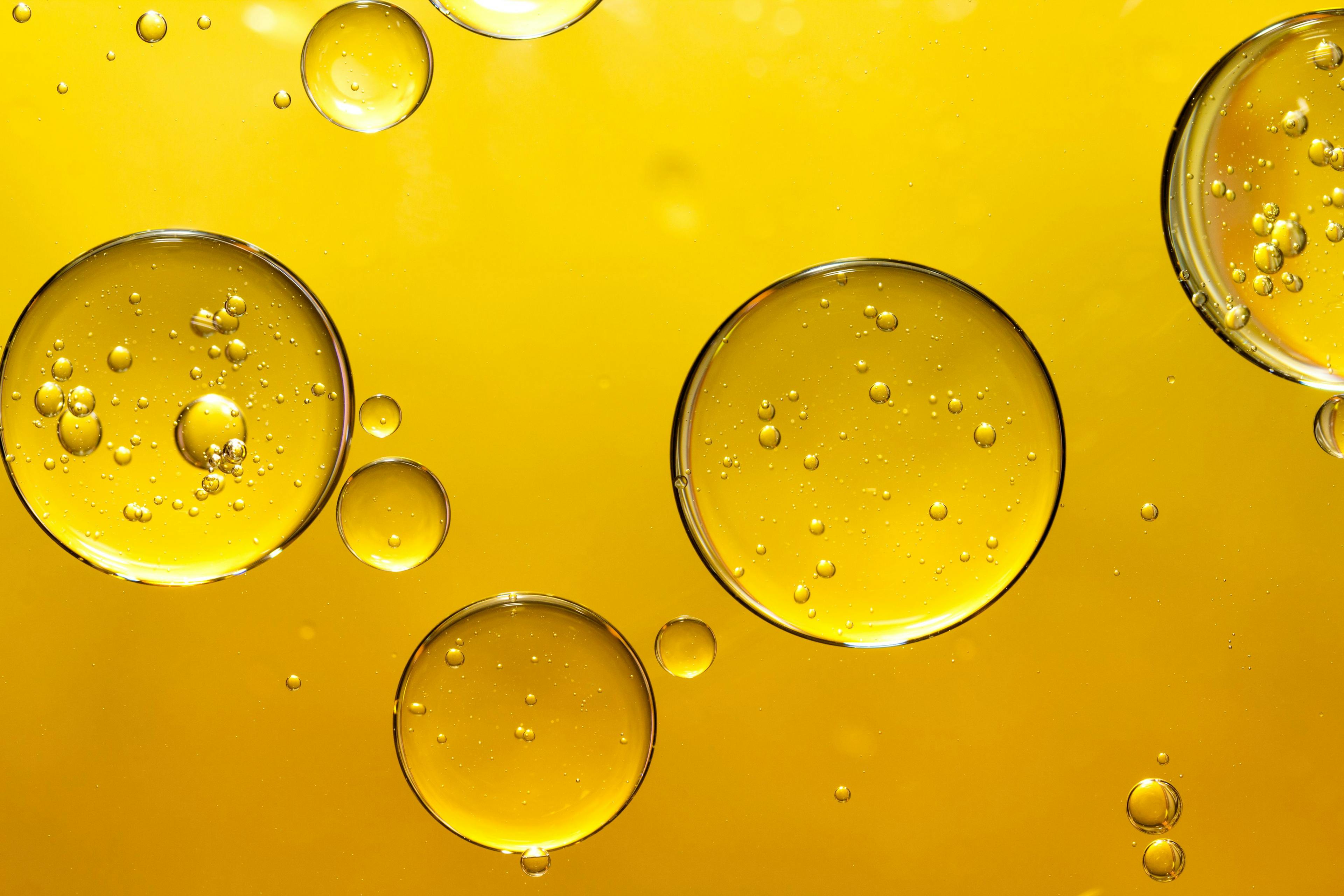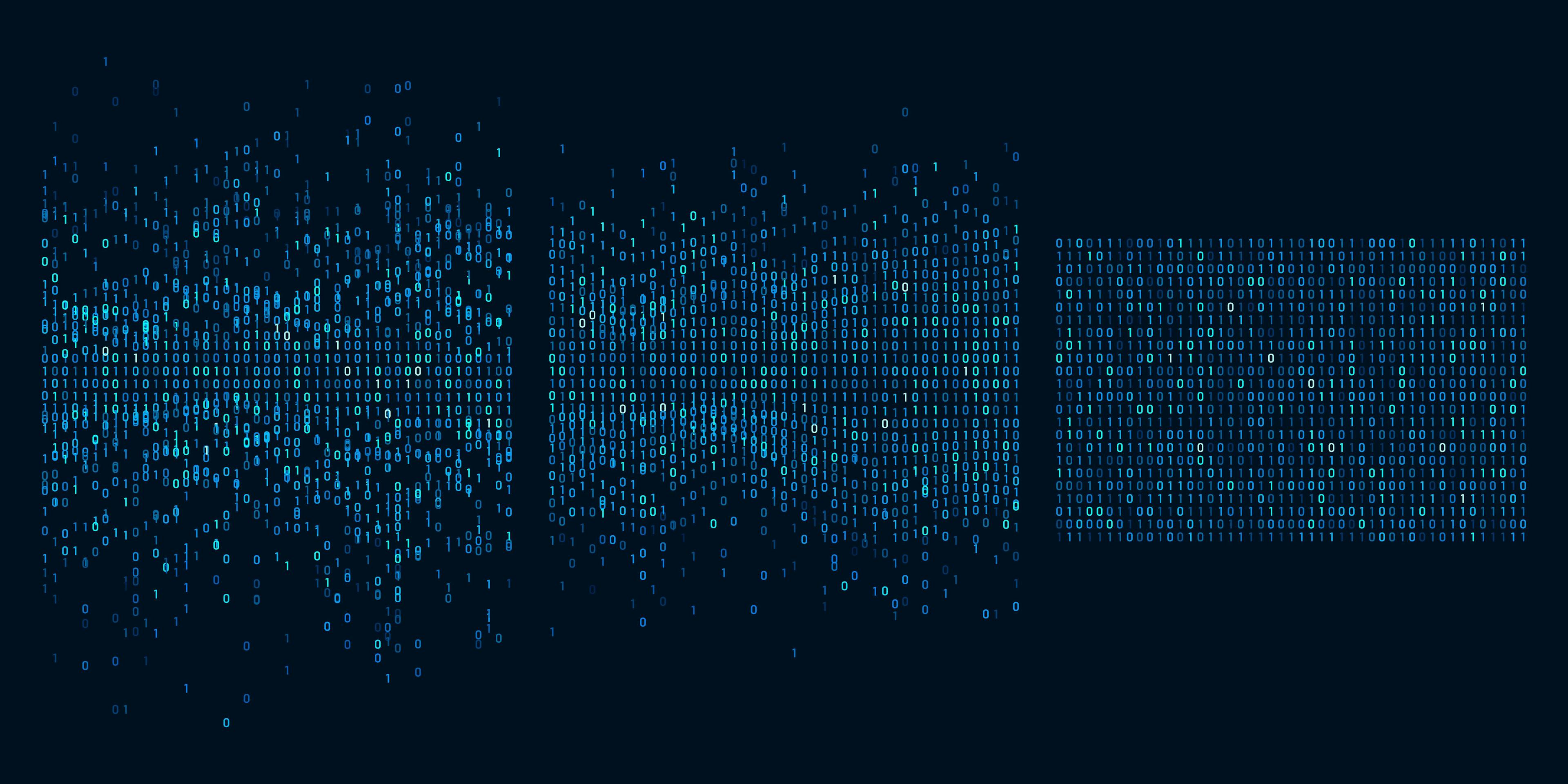Gas Chromatography: Separation Power, Selectivity, Sensitivity, Speed, and Now....Sustainability
Separation power, selectivity, sensitivity, and speed (4S) have been for a long time the driving forces of the sciences of gas chromatography (GC), comprising both sample preparation and detection. However, in particular during the last decade, increasing attention has been directed to another “S”—sustainability. This article provides a brief historical description of milestone breakthroughs in the field of separation science involving the 4S before proceeding onto some recent advances made in terms of sustainability, involving GC.
Separation power, selectivity, sensitivity, and speed represent desirable characteristics of any analytical method, herein abbreviated for convenience as “4S,” and they can be considered from different points of view, namely sample preparation, chromatographic procedures, and detection systems. Indeed, they have been the main factors behind analytical development in recent decades.
In the field of gas chromatography (GC) especially, the open-tubular column (OTC), invented by Golay in 1957, has replaced the packed column (1), leading to flourishing and continuous development in the world of GC, and, in parallel, sample preparation methods and detection systems as well. In fact, the introduction of the OTC led to a considerable rise in “4S.” Furthermore, the introduction of the OTC with much lower gas flow requirements (<5 mL/min) greatly simplified the online hyphenation between GC–mass spectrometry (GC–MS), bringing to life an extremely powerful analytical system (2). Such a coupling has seen the development of increasingly powerful mass spectrometers of various types and economical costs—from low- to high-resolution analyzers—onto multiple ones, allowing for outstanding gains in separation power (between ions), selectivity, speed, and sensitivity. As far as detection systems are concerned, selective and universal detectors have been developed in recent years, such as the so-called “multipurpose GC detection system,” which allows the on-line quantification of the elements (C, H, N, S) of individual organic compounds (3), or the vacuum ultraviolet (VUV) detector, which is characterized by high sensitivity and universal detection capabilities that also allows chemical classification based on gas phase absorption from 120 to 430 nm (4).
Going back to GC, among the most important developments since the invention of the OTC were the introduction of multidimensional GC using capillary columns in 1964 by McEwen and that of comprehensive two-dimensional GC (GC×GC) in 1991, the latter stemming from the revolutionary work of Phillips (5,6). Both techniques led to an outstanding increase in separation efficiency (allowing hundreds or even thousands of compounds to be resolved) and selectivity (as two columns with a different stationary phase are used). Another advantage of thermal modulation with GC×GC is the increased sensitivity, which is because of analyte focusing between the two analytical dimensions (7). In terms of speed, mention should be made of the use of microbore columns enabling the full replication of conventional GC profiles in a greatly reduced timeframe (8), the introduction of so-called “flow field thermal gradient gas chromatography,” which allows very fast separations in under 1 min by using a negative temperature gradient along the GC column (9), and the resurgence of low-pressure GC (LPGC) (10).
The world of sample preparation is also broad, and numerous techniques have been introduced in the last decades, such as solid-phase microextraction (SPME) in 1990, stir bar sorptive extraction in 1999, or the quick, easy, cheap, effective, rugged, and safe (QuEChERS) technique in 2003 (11–13). Such methods enable increases involving speed, selectivity, and sensibility, while eliminating or reducing the needs of organic solvents. As such, the concept of sustainability (the fifth “S”) has characterized much more sample preparation compared to GC and detection, leading to the development of a plethora of miniaturized processes involving liquid–liquid extraction (LLE), solid-phase extraction (SPE), and the design of ecofriendly solvents such as deep eutectic solvents and low-transition-temperature mixtures (14). The reader is directed to the literature for more details (15).
Sustainability in Gas Chromatography
However, in recent years, we have seen more attention being paid to the environment, so that, in relation to chromatography, the fifth “S” can be added to the four already mentioned. The concept of green chemistry was introduced in 1998 (16). A year later, Anastas recognized the crucial role of analytical method development and classified green analytical chemistry (GAC) as an emerging field of green chemistry (17).
Sustainability of analytical methods is a multivariate, complex parameter which is not easy to quantify. To date, several approaches for the calculation of GAC metrics have been developed, with the first described in 2007 called the National Environmental Methods Index (18); more recently, in 2020, a freely downloadable software was released by Pena-Pereira and associates, called the AGREE-Analytical GREEnness Metric Approach (19), which makes such studies quick and straightforward.
This article focuses on GC approaches, even though, in the field of liquid chromatography (LC), the reduction or even elimination of organic solvents has been an ongoing issue in recent decades (20,21). Two experiences made by the present authors, involving the relationship between GC and sustainability, are described. The first concerns the use of hydrogen as a more sustainable alternative to helium, within the context of flow modulation comprehensive two-dimensional GC (GC×GC) combined with time-of-flight MS (ToF-MS). Helium is, by far, the most commonly used carrier gas in GC because of its inertness, safety, and purity. However, everyone who uses helium is aware that the global helium market has been experiencing a “Helium Shortage 4.0” since early 2022. Such events led us to evaluate the use of H2 as a counterpart to helium, with the absence of safety issues guaranteed by the manufacturer. A comparison was made between the two gases, resulting in a reduction in the analysis time of approximately 25%, while achieving similar chromatographic performance using H2. Another advantage of H2 is the lower economic cost, as generators can be used, therefore meaning that no gas cylinders need to be transported, thus reducing the environmental impact (22). From the MS side, slightly lower signal-to-noise (S/N) ratios (an average value of -14%) were found for 20 pesticides when using H2. With regard to spectral similarity, limited and compound-specific differences were found when analyzing mixtures of pesticides and fatty acid methyl esters, meaning that commercial databases can be used.
As an example, a comparison between the MS fragmentation behavior of two pesticides (sulfotep and hexachlorobenzene) using helium and hydrogen is shown in Figure 1, with only small differences observable.
FIGURE 1: MS fragmentation of sulfotep and hexachlorobenzene, acquired using helium (blue) and hydrogen (orange) as carrier gas, respectively. The x-axis shows the m/z values and the y-axis the relative % intensity values.
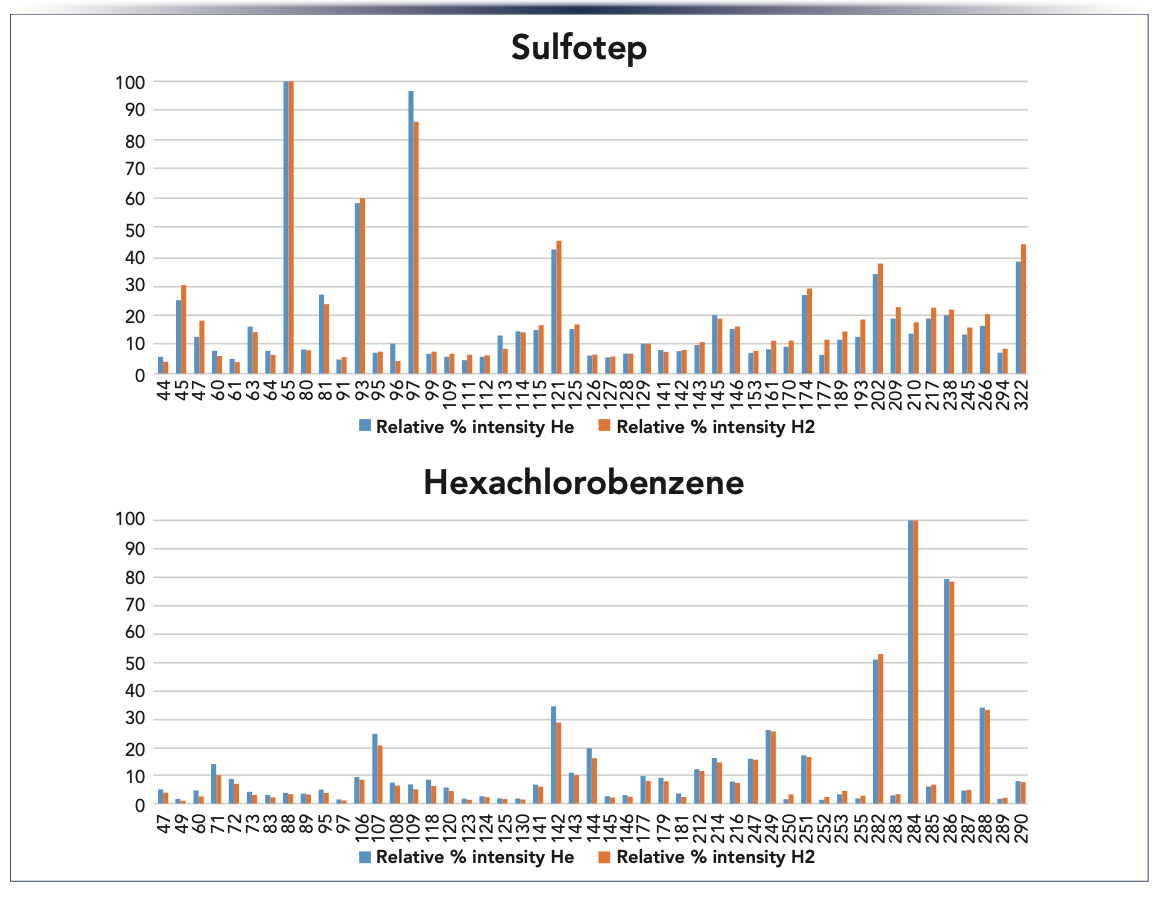
Another approach developed aimed to simplify sample preparation (only a sample dilution or a miniaturized extraction), by exploiting the enhanced analyte S/N provided by cryogenically modulated GC×GC combined with the high sensitivity and selectivity of triple quadrupole mass spectrometry (TQMS) (23,24). In the first paper, a method for the analysis of phthalates in vegetable oils was developed using only sample dilution (1:100, using <1 mL of n-hexane) prior to the GC×GC run (23). Cold splitless injection with an empty liner was used to avoid carryover of high-boiling compounds. Regarding the column combination (of high thermal stability), a column with a thin film thickness was used in the first dimension, which allowed elution of the higher boiling point compounds, while modulation and MS acquisition were performed only during the elution time of the target phthalates. A further advantage of requiring almost no sample preparation included high precision and accuracy. A comparison between the scan nonmodulated chromatogram of a spiked extra virgin olive oil sample and the raw GC×GC–TQMS chromatogram of the target phthalates, obtained through multiple reaction monitoring (MRM), is shown in Figure 2, highlighting the high selectivity and sensitivity of the method. More than 150 analyses were performed using the proposed configuration without observing any detrimental effect on the separation performance of the column, nor a reduced sensitivity.
FIGURE 2: In red, the scan non-modulated chromatogram of a spiked extra virgin olive oil; in blue and green, the MRM untransformed GC×GC–TQMS chromatogram of the target phthalates (21).
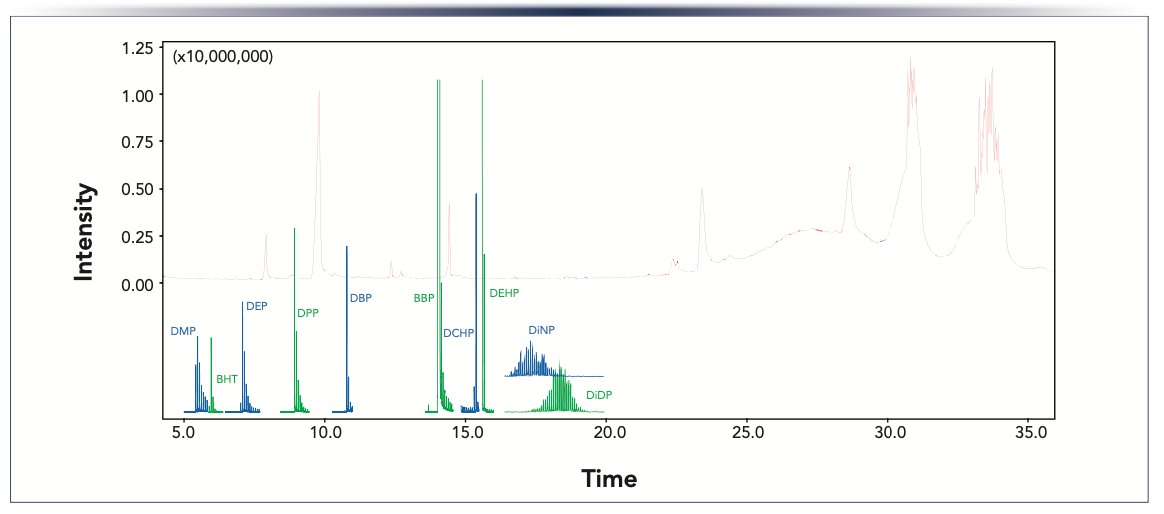
In the second work, the same analytical configuration was used for the analysis of 70 pesticides in extra virgin olive oil, this time using only a miniaturized solvent extraction step with 500 μL of acetonitrile and no further purification or concentration processes needed (24). The developed method was able to meet the maximum residue limits of the European legislation and to achieve satisfactory values of precision and accuracy. In this case, about 200 analyses were performed before changing the liner, septum, and first-dimension column (a 10 m segment of a 30 m column).
To make our methods even more sustainable, the goal is to further reduce energy consumption and CO2 production. The goal is to simplify the instrumental configuration by eliminating one analytical dimension and to further speed up the analysis. To this end, the LPGC approach is being investigated (using TQMS).
References
(1) Golay, M. J. E. Gas Chromatography 1958. In Second International Symposium on Gas Chromatography, Amsterdam, May 19–23, 1958; Desty, D. H., Ed.; Butterworth, 1958.
(2) Hyphenations of Capillary Chromatography with Mass Spectrometry; Tranchida, P.Q., Mondello, L., Eds.; Elsevier, 2020. DOI: 10.1016/C2015-0-05862-2
(3) Freije-Carrelo, L.; García-Bellido, J.; Sobrado, L. A.; Moldovan, M.; Bouyssiere, B.; Giusti, P.; Encinar, J. R. Quantitative Multiplexed Elemental (C, H, N and S) Detection in Complex Mixtures Using Gas Chromatography. Chem. Commun. 2020, 56, 2905–2908. DOI: 10.1039/C9CC09842A
(4) Schug, K. A.; Sawicki, I.; Carlton, D. D.; Fan, H.; McNair, H. M.; Nimmo, J. P.; Kroll, P.; Smuts, J.; Walsh, P.; Harrison, D. Vacuum Ultraviolet Detector for Gas Chromatography. Anal. Chem. 2014, 86, 8329–8335. DOI: 10.1021/ac5018343
(5) McEwen, D. J. Backflushing and Two-Stage Operation of Capillary Columns in Gas Chromatography. Anal. Chem. 1964, 36, 279–282. DOI: 10.1021/ac60208a012
(6) Liu, Z.; Phillips, J. B. Comprehensive Two-Dimensional Gas Chromatography using an On-Column Thermal Modulator Interface. J. Chromatogr. Sci. 1991, 29, 227–231. DOI: 10.1093/chromsci/29.6.227
(7) Górecki, T.; Mostafa, A. Sensitivity of Comprehensive Two-dimensional Gas Chromatography (GCXGC) Versus One-dimensional Gas Chromatography (1D GC). LCGC Europe 2013, 26, 672–679.
(8) Tranchida, P. Q.; Mondello, L. Current-Day Employment of the Micro-bore Open-Tubular Capillary Column in the Gas Chromatography Field. J. Chromatogr. A 2012, 1261, 23–36. DOI: 10.1016/j.chroma.2012.05.074
(9) Boeker, P.; Leppert, J. Flow Field Thermal Gradient Gas Chromatography. Anal. Chem. 2015, 87, 9033−9041. DOI: 10.1021/acs.analchem.5b02227
(10) de Zeeuw, J.; Sapozhnikova, Y.; Michlig, N.; Hepner, J. R.; Konschnik, J. D.; Lehotay, S. J. There is No Time to Waste: Low-Pressure Gas Chromatography–Mass Spectrometry is a Proven Solution for Fast, Sensitive, and Robust GC–MS Analysis. LCGC North Am. 2020, 38, 457−466.
(11) Arthur, C. L.; Pawliszyn, J. Solid Phase Microextraction with Thermal Desorption Using Fused Silica Optical Fibers. Anal. Chem. 1990, 62, 2145−2148. DOI: 10.1021/ac00218a019
(12) Baltussen, E.; Sandra, P.; David, F.; Cramers, C. Stir Bar Sorptive Extraction (SBSE), a Novel Extraction Technique for Aqueous Samples: Theory and Principles. J. Microcolumn Sep. 1999, 11, 737−747. DOI: 10.1002/(SICI)1520-667X(1999)11:10%3C737::AID-MCS7%3E3.0.CO;2-4
(13) Anastassiades, M.; Lehotay, S. J.; Štajnbaher, D.; Schenck, F. J. Fast and Easy Multiresidue Method Employing Acetonitrile Extraction/Partitioning and “Dispersive Solid-Phase Extraction” for the Determination of Pesticide Residues in Produce. J. AOAC Int. 2003, 86, 412−431. DOI: 10.1093/jaoac/86.2.412
(14) Della Posta, S.; Gallo, V.; Gentili, A.; Fanali, C. Strategies for the Recovery of Bioactive Molecules from Deep Eutectic Solvents Extracts. TrAC, Trends Anal. Chem. 2022, 157, 116798. DOI: 10.1016/j.trac.2022.116798
(15) Analytical Sample Preparation With Nano- and Other High-Performance Materials; Lucena, R., Cárdenas, S., Eds.; Elsevier, 2021. DOI: 10.1016/C2019-0-03226-8
(16) Anastas, P. T.; Warner, J. C. Green Chemistry: Theory and Practice; Oxford University Press, 1998.
(17) Anastas, P. T. Green Chemistry and the Role of Analytical Methodology Development. Crit. Rev. Anal. Chem. 1999, 29, 167−175. DOI: 10.1080/10408349891199356
(18) Keith, L. H.; Gron, L. U.; Young, J. L. Green Analytical Methodologies. Chem. Rev. 2007, 107, 2695−2708. DOI: 10.1021/cr068359e
(19) Pena-Pereira, F.; Wojnowski, W.; Tobiszewski, M. AGREE—Analytical GREEnness Metric Approach and Software. Anal. Chem. 2020, 92, 10076−10082. DOI: 10.1021/acs.analchem.0c01887
(20) La Tella, R.; Rigano, F.; Guarnaccia, P.; Dugo, P.; Mondello, L. Non-psychoactive Cannabinoids Identification by Linear Retention Index Approach Applied to a Hand-Portable Capillary Liquid Chromatography Platform. Anal. Bioanal. Chem. 2022, 414, 6341−6353. DOI: 10.1007/s00216-021-03871-x
(21) Dugo, P.; Buonasera, K.; Crupi, M. L.; Cac- ciola, F.; Dugo, G.; Mondello, L. Superheated Water as Chromatographic Eluent for Parabens Separation on Octadecyl Coated Zirconia Stationary Phase. J. Sep. Sci. 2007, 30, 1125−1130. DOI: 10.1002/jssc.200600406
(22) Galletta, M.; Zoccali, M.; Jones, N.; Mondello, L.; Tranchida, P. Q. Flow-Modulated Comprehensive Two-Dimensional Gas Chromatography Combined with Time-of-Flight Mass Spectrometry: Use of Hydrogen as a More Sustainable Alternative to Helium. Anal. Bioanal. Chem. 2022, 414, 6371–6378. DOI: 10.1007/s00216-022-04086-4
(23) Arena, A.; Zoccali, M.; Mondello, L.; Tranchida, P. Q. Direct Analysis of Phthalate Esters in Vegetable Oils by Means of Comprehensive Two-Dimensional Gas Chromatography Combined with Triple Quadrupole Mass Spectrometry. Food Chem. 2022, 396, 133721. DOI: 10.1016/j.foodchem.2022.133721
(24) Arena, A.; Zoccali, M.; Mondello, L.; Tranchida, P. Q. A Method for the Determination of 70 Pesticides in Extra Virgin Olive Oil Based on a Limited-Volume Solvent Extraction Step Prior to Comprehensive Two-Dimensional Gas Chromatography-Tandem Mass Spectrometry. Anal. Bioanal. Chem. 2023, 415, 2459–2469.
Mariosimone Zoccali is with the Department of Mathematical and Computer Science, Physical Sciences and Earth Sciences at the University of Messina, in Messina, Italy. Peter Q. Tranchida and Luigi Mondello are with the Department of Chemical, Biological, Pharmaceutical, and Environmental Sciences at the University of Messina, in Messina, Italy. Mondello is also with Chromaleont s.r.l., in Messina, Italy. Direct correspondence to: mariosimone. zoccali@unime.it
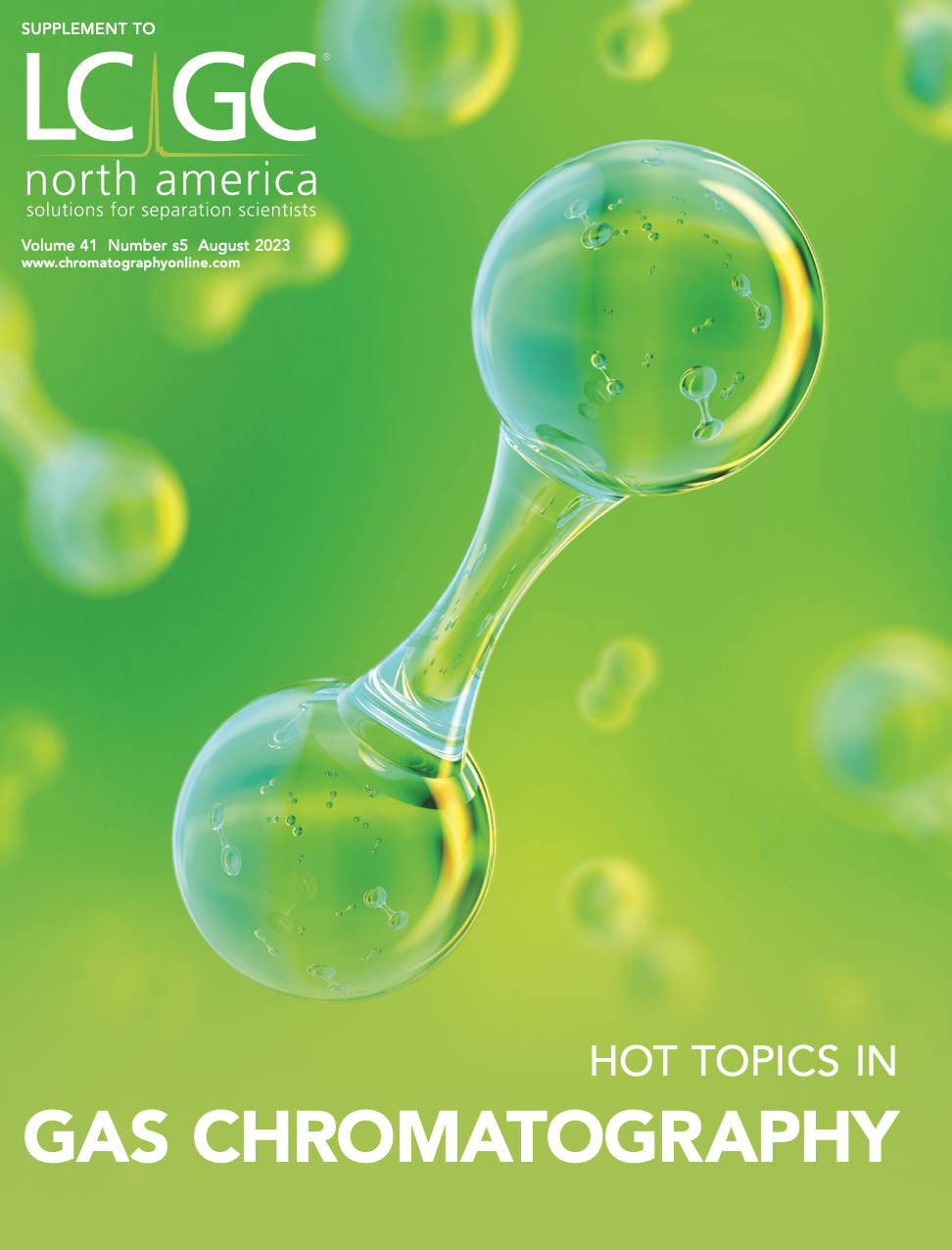
Detecting Hyper-Fast Chromatographic Peaks Using Ion Mobility Spectrometry
May 6th 2025Ion mobility spectrometers can detect trace compounds quickly, though they can face various issues with detecting certain peaks. University of Hannover scientists created a new system for resolving hyper-fast gas chromatography (GC) peaks.
Altering Capillary Gas Chromatography Systems Using Silicon Pneumatic Microvalves
May 5th 2025Many multi-column gas chromatography systems use two-position multi-port switching valves, which can suffer from delays in valve switching. Shimadzu researchers aimed to create a new sampling and switching module for these systems.
New Study Reviews Chromatography Methods for Flavonoid Analysis
April 21st 2025Flavonoids are widely used metabolites that carry out various functions in different industries, such as food and cosmetics. Detecting, separating, and quantifying them in fruit species can be a complicated process.

.png&w=3840&q=75)

.png&w=3840&q=75)



.png&w=3840&q=75)



.png&w=3840&q=75)
